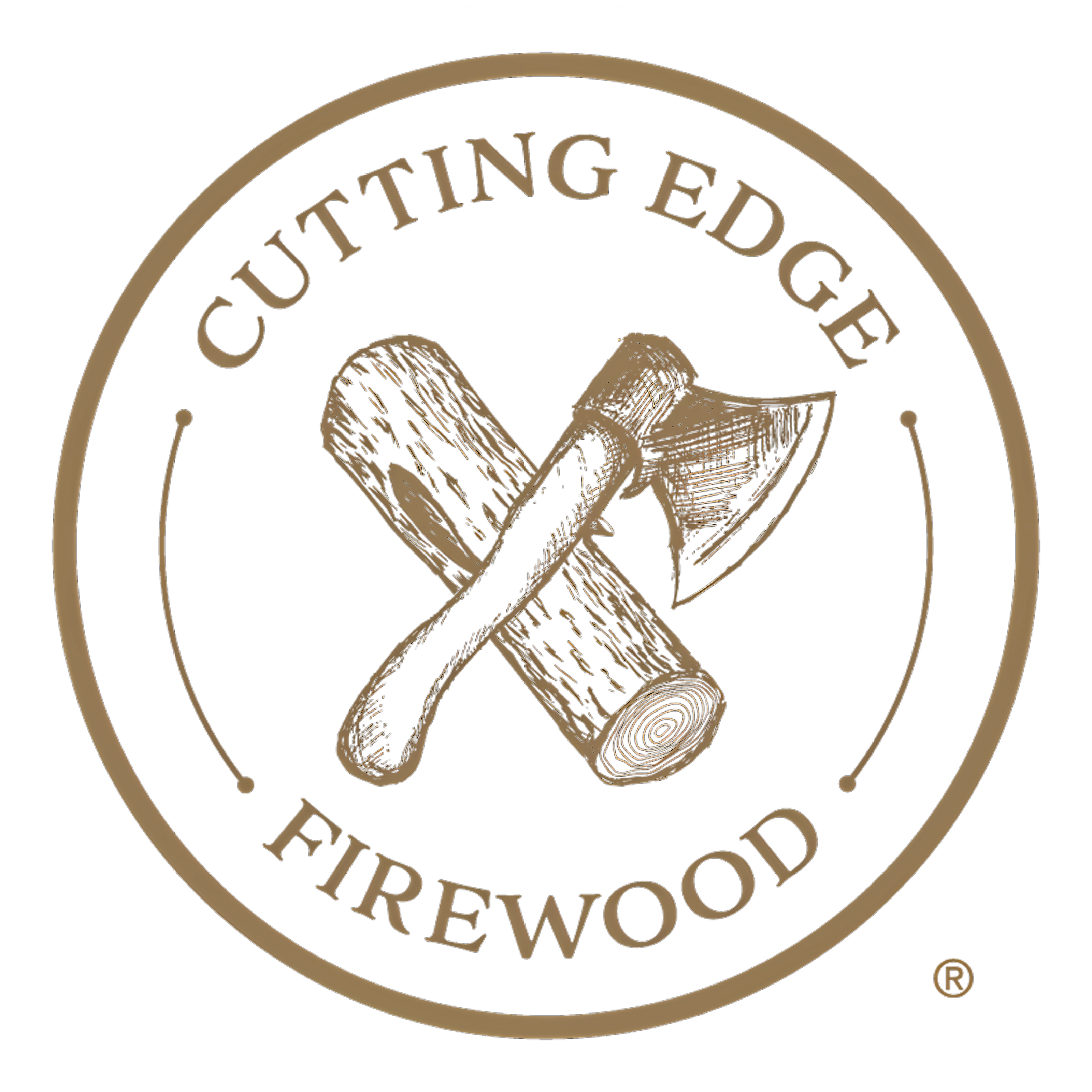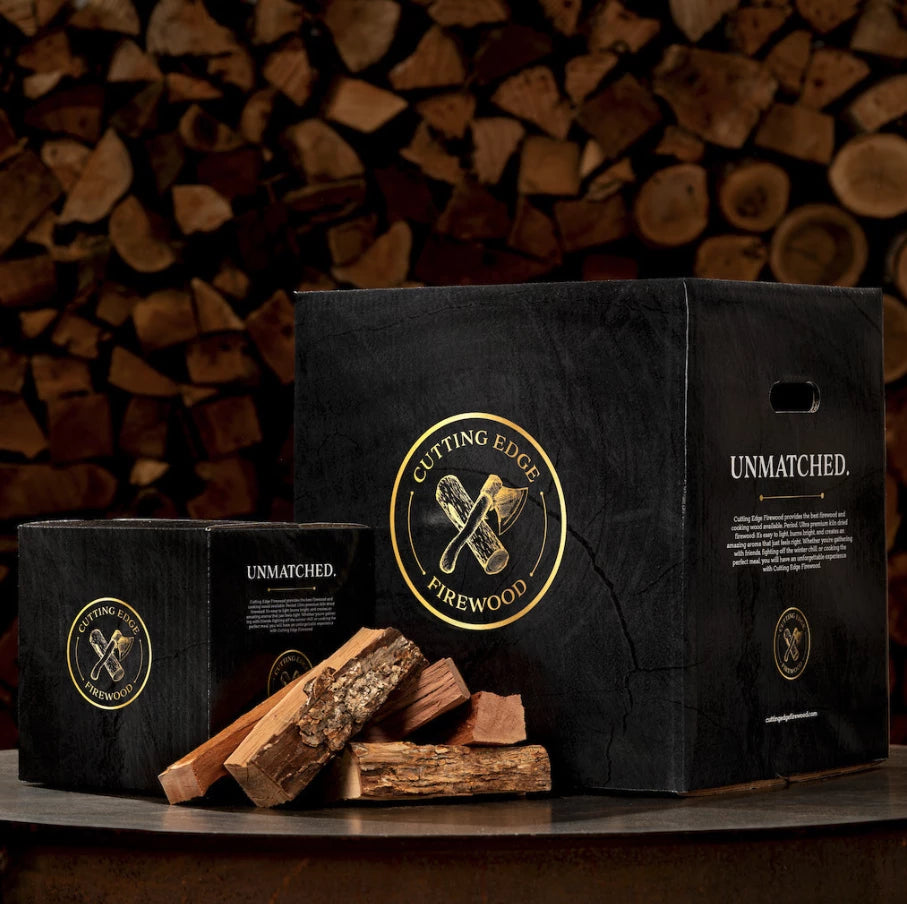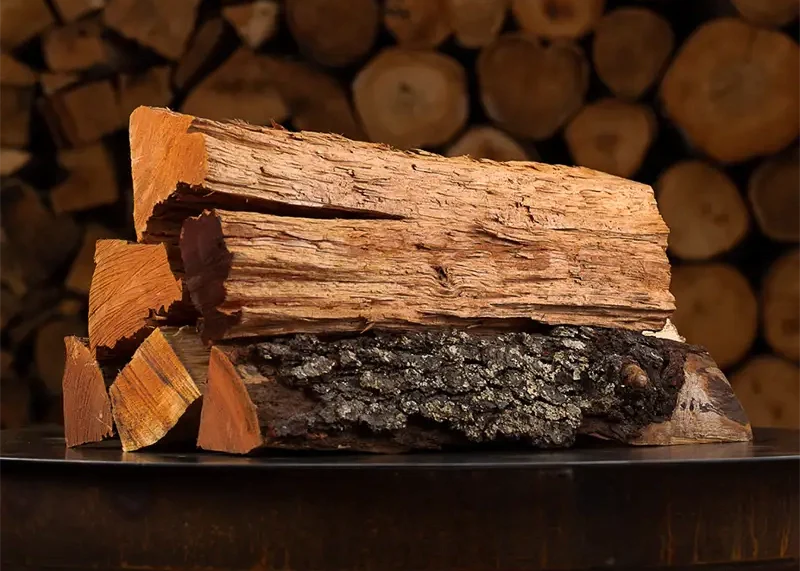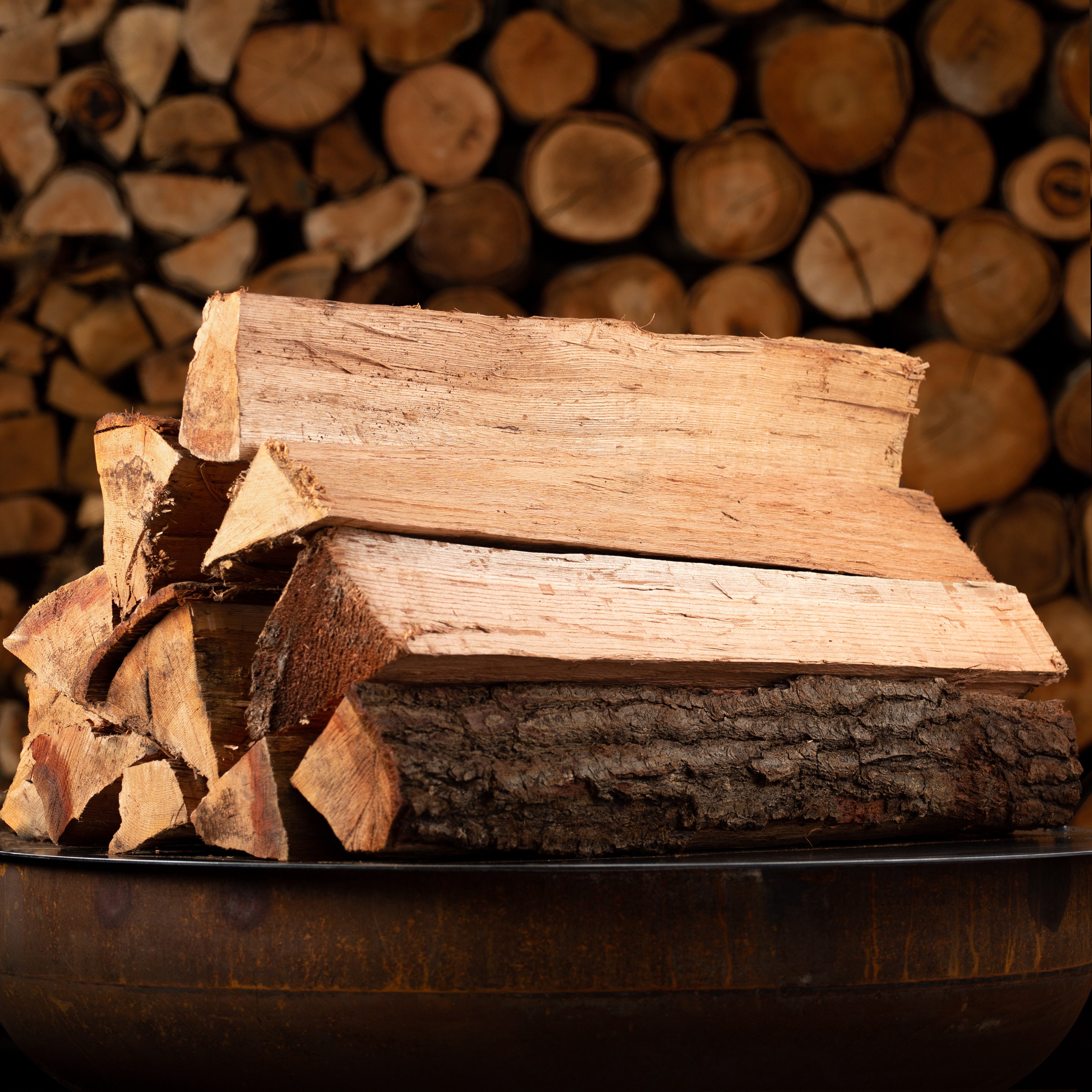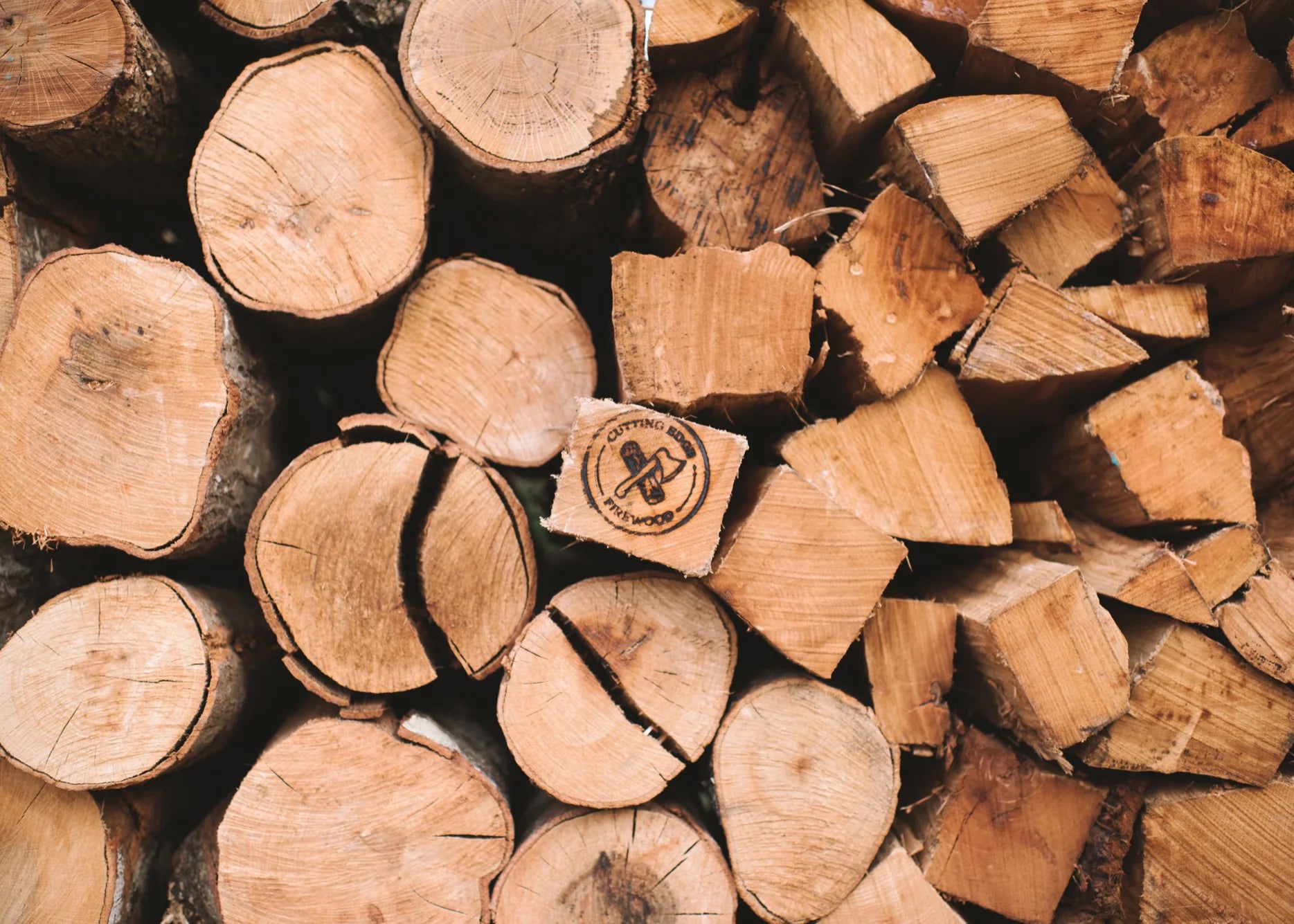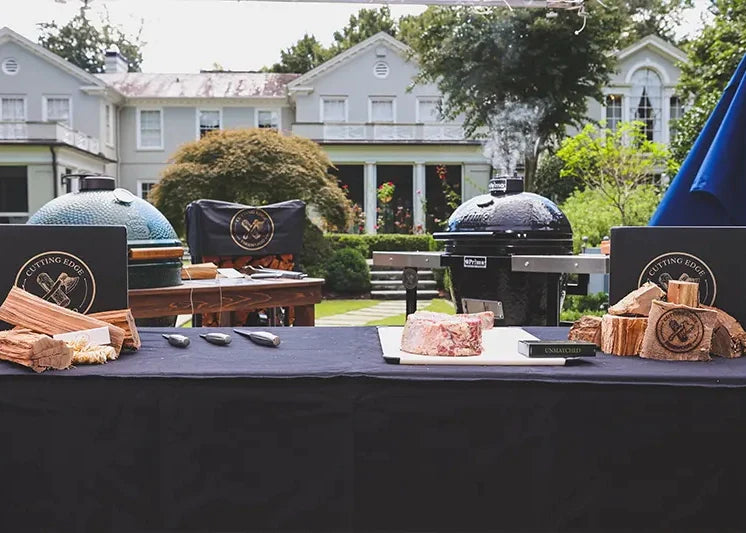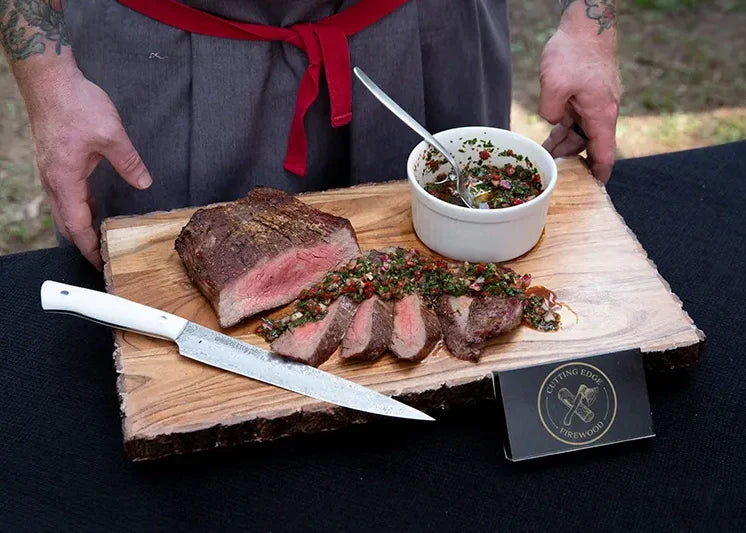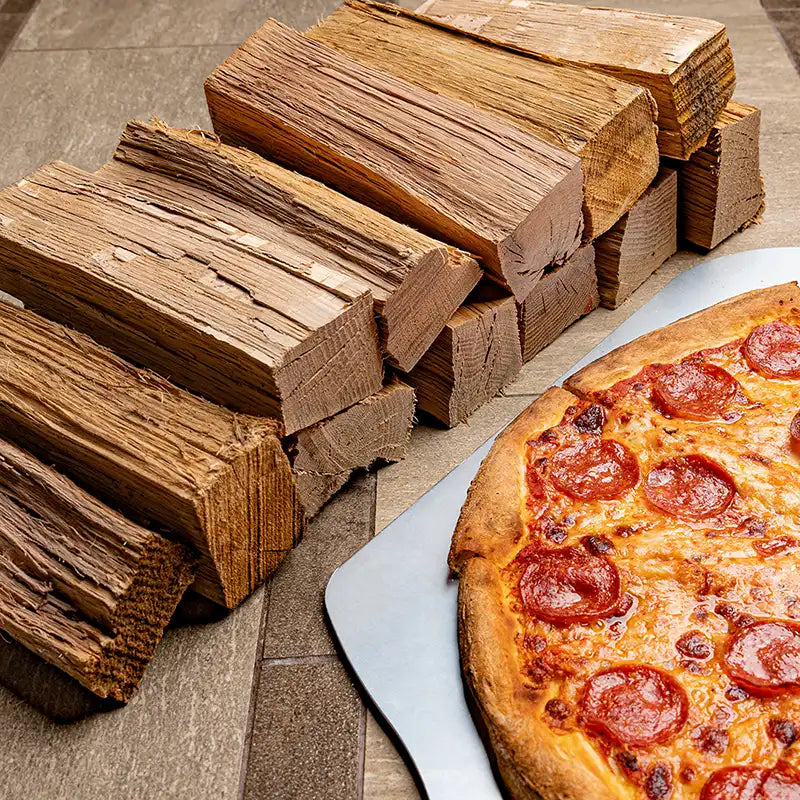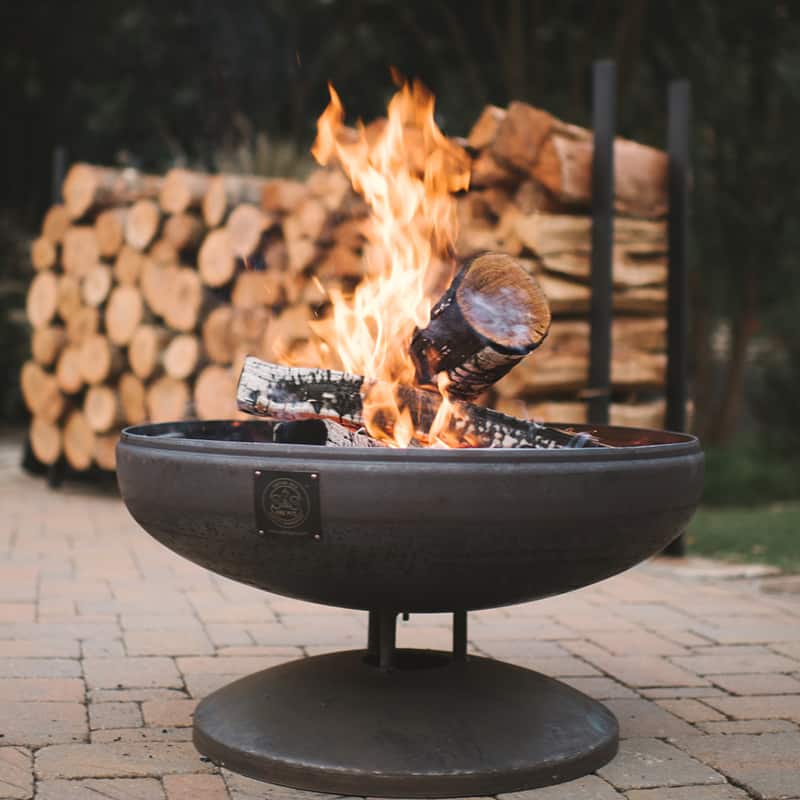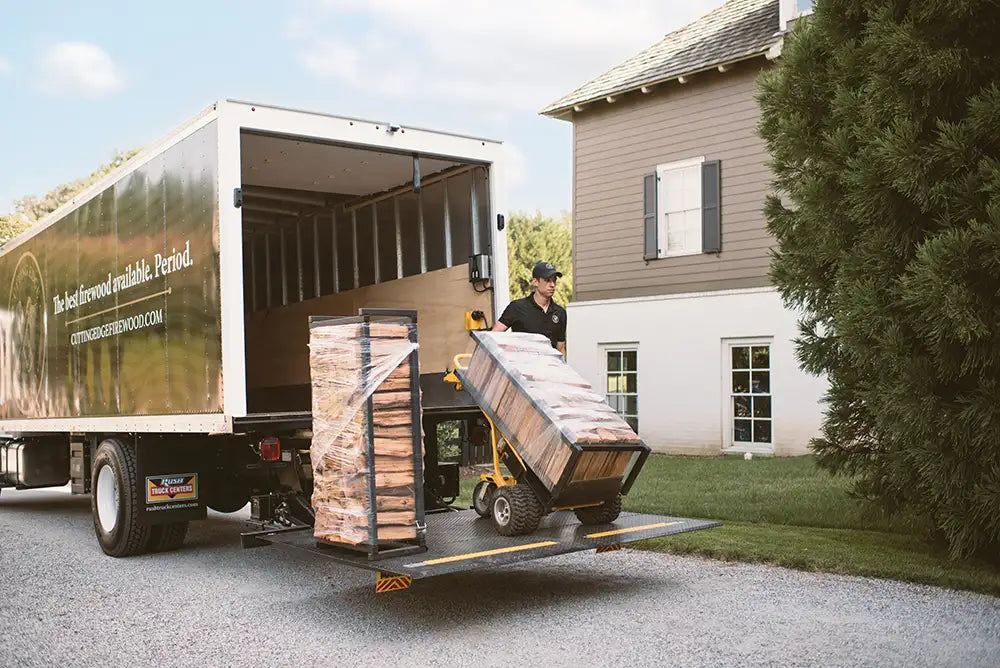Invisible to the naked eye, wood is porous and contains thousands upon thousands of small, micro-sized holes that absorb moisture. Whether it's a hardwood or softwood, all types of wood share this common characteristic. As a result, wood should be dried to lower its moisture content before it can be safely and efficiently burned. So, how long does it take wood to dry exactly?
Understanding Moisture Content in Wood
Wood obviously comes from trees - you know that! In order for trees to grow, they need water. This water gets absorbed by the tree roots and works its way through the entire tree. When that tree is cut down or falls over, the moisture is still inside the wood. In fact, most "green wood," or wood from a freshly fallen tree, has a moisture content of about 50%.
The term "moisture content," when speaking about wood, refers to the weight of water held by a piece of wood, expressed as a percentage to a dry piece of wood of the same type and size. If a piece of wood has 50% moisture content, for example, it means that half of its total weight is attributed to water. If a piece of wood has 10% moisture content, on the other hand, only one-tenth of its weight consists of water.
Wood is considered hygroscopic, meaning that it's able to absorb or release moisture depending on the surrounding humidity level. When the air is humid, airborne moisture vapor will seep into the wood's pores, causing its moisture content to increase. When the air is dry (low humidity), the opposite occurs: Moisture is released from the wood's pores, resulting in a lower moisture content.
The moisture content of wood -- assuming it's air-dried -- varies depending on the relative humidity of the surrounding environment. According to an infographic published by This Is Carpentry, wood will dry out to about 14% moisture content when exposed to a relative humidity of 75%. When exposed to a relative humidity of 99%, however, wood will only dry out to about 23% to 30%. This is typically too low for it to burn efficiently, resulting in excess smoke and low heat.
Why is it important to only burn dry wood?
There are several reasons you should only burn dry firewood. Regardless of if you're inside or outside, using dry wood for your fire will consistently lead to a better experience.

- Dry firewood is easier to light and will burn hotter: We all know why firefighters use water to fight fires - water quenches the heat and the flame! So if your wood has significant amounts of moisture in it, then it will actively work against your fire. If your fire is hot enough, you might get it to burn, but this will never be a great experience.
- Dry firewood smokes less: Ever wondered why your fire is creating tons of smoke and little flame? It's because the wood is too wet!
- Dry firewood is safer for chimneys: When the moisture in wood evaporates, it rises through the chimney. Some of that moisture, however, will stick to the inside of your chimney and create creosote. This stuff is dangerous! Dry wood, fortunately, helps prevent creosote build-up.
- Dry firewood smells better: When you burn wet wood, it can often have a musty smell. Not only that, remember how moisture sticks to the inside of chimneys? When you're outside, that moisture can stick to you. If you've ever spent time around the bonfire and smelled bad afterwards, it's because you were burning wet wood. When you burn dry wood, there won't be any moisture to stick to you.
- If you're firewood for cooking, once again there are benefits to dry wood. It lights more easily and will burn with more consistency, ensuring the flavor of the wood gets into whatever you're cooking. If you use wet wood, however, it will negatively affect the temperature of your flame and could add a musty taste to your food (no thanks!).
How long does it take for wood to dry out?
There are many factors that can affect how long it takes for wood to dry out. The biggest one, of course, is how you choose to dry the wood. The cheapest way is to air-dry the wood (or season it), but the fastest and most effective way is to put the wood through a kiln drying process. We'll discuss both of these options next.
Seasoning or Air-Drying Wood: The One-Year Rule
When you choose to season or air-dry wood, there are several steps you must follow. First, wood will season more quickly when it has been chopped. The smaller the piece, the quicker it can dry out. In fact, expect most types of wood to take about one year per inch of thickness to dry out. If it's a two-inch log, that means you'll need to let it sit outdoors for two whole years before it's dry enough to efficiently burn.
There are many other factors that affect the rate at which wood dries. For instance, it will take longer for the wood to dry in a humid area than a place where the air is very dry. It's also important to stack the firewood off the ground and with some space, so that air can flow between the cut logs and allow moisture to escape. Different types of wood dry faster than others, so that is another consideration.

If you choose to season wood yourself, then you can control these elements. If you're buying seasoned firewood, then there is no way to know if the wood was seasoned properly.
Well seasoned wood can typically get down to a moisture content of 20%, but some vendors might deliver you wood that has 30-40% moisture content. This lack of consistency is one of the reasons people who love great fires prefer the kiln drying method.
Another issue with seasoned firewood is that it starts to decay. The moisture in wood attracts bugs that break the wood down. Mold or fungus can cause issues as well. Decomposing wood is less dense, which means it will burn away more quickly.
Because seasoned firewood takes more time and creates a lower quality product, we always recommend using kiln dried firewood. Let's talk about that next.
Kiln Drying vs Air-Drying
Exposing fresh, green wood to air is just one way to dry it out. In addition to air-drying, there's also kiln-drying. It's a newer and more advanced drying method that's used by lumber and wood companies to remove moisture from their wood.
With kiln-drying, wood is placed inside a negatively pressurized vacuum chamber where it's exposed to heated air. The chamber's negative pressure and heat essentially cause the moisture within the wood to quickly evaporate. The moisture particles heat up and eventually escape out of the wood, thereby lowering the wood's moisture content. Kiln-drying is more effective at removing moisture from wood than air-drying. It's not uncommon for air-dried wood to have a moisture content of 20% to 30%, whereas kiln-dried wood may have a moisture content of 5% to 15%.
It's important to recognize, however, that not all kiln drying processes are the same! Many "kiln dried" firewood providers you can find at the grocery store or gas station will place their firewood in a kiln that is 160 degrees for 75 minutes. This is the bare minimum standard from the USDA, and is more about killing bugs than it is about reducing the moisture content. In other words, there could still be 20% moisture (or more) in this wood!

Cutting Edge Firewood, however, goes through the most rigorous drying process in the industry. All of our firewood goes into a kiln that is 250 degrees and stays there for 48 hours! This means our firewood comes out with no bugs, mold, or fungus. It also means our firewood is ridiculously dry, with moisture contents as low as 5%.
Kiln drying wood is a much faster process than seasoning firewood, and it also creates better results! For this reason, many fire enthusiasts prefer kiln dried firewood from a reputable vendor.
The easiest way to get dry wood
If you're looking to get some dry firewood that provides an amazing experience, then the easiest way to do so is order from Cutting Edge Firewood. You could season your own firewood, you could build your own kiln, or you could let us take care of the work for you.
We stand by the quality of all our firewood. We hand select it and ensure our customers only receive the best.
Not only that, but we make the delivery process as stress and mess free as possible. Our local delivery companies can enjoy the benefits of our delivery artisan service, where we deliver and stack the wood wherever you wish. We can also deliver or ship boxes of firewood all over the country. Each box contains fire starters, kindling, and logs and contains enough for 2-4 memorable fireside experiences. Boxes are a great way to try Cutting Edge Firewood and experience the difference for yourself!
You can view all of our kiln dried firewood and cooking wood products today by visiting our online store. Cutting Edge Firewood offers a wide selection of premium wood, including oak firewood, hickory wood for sale, cherry firewood for sale and more. You can view a few of our most popular products below.
